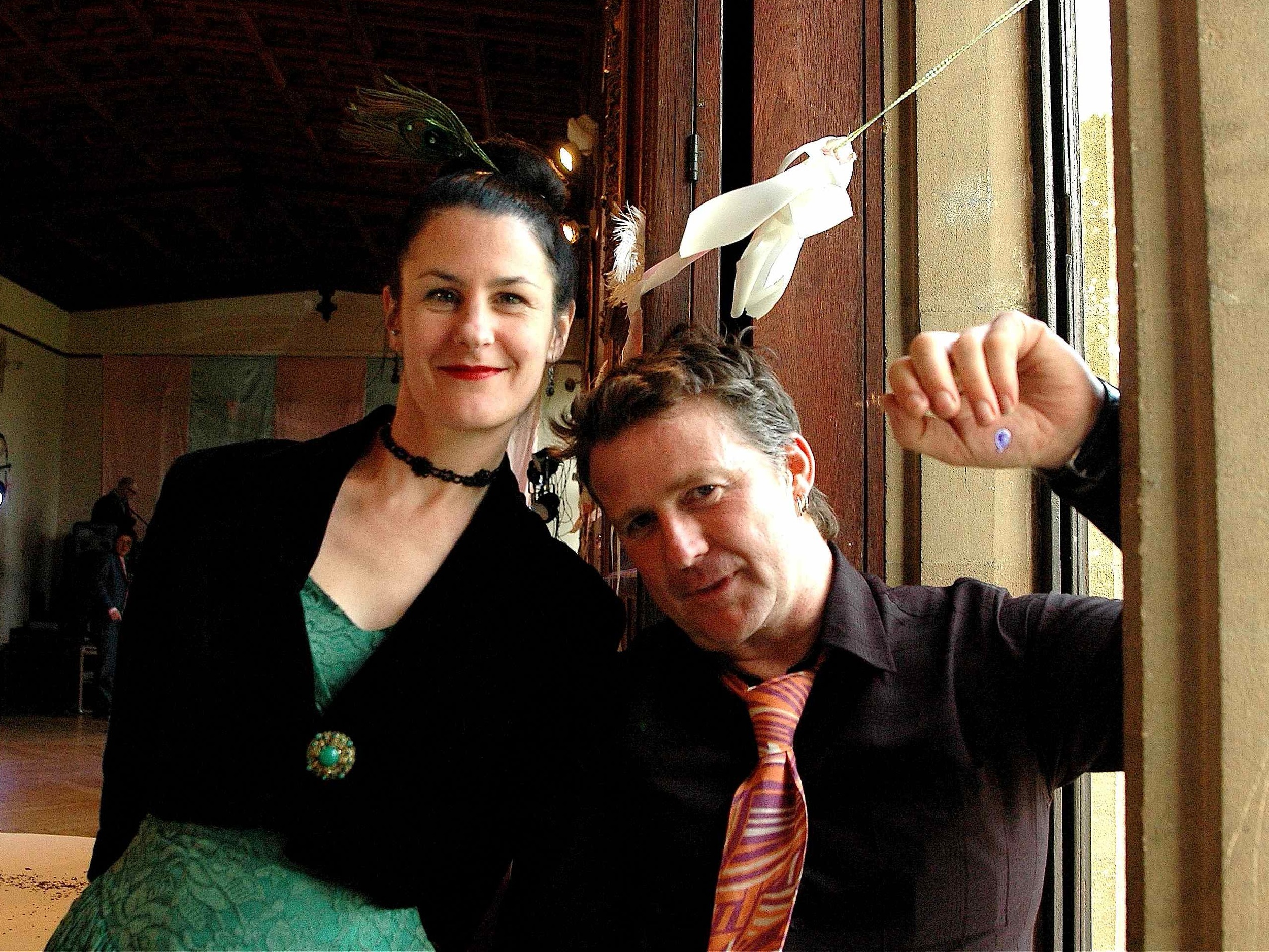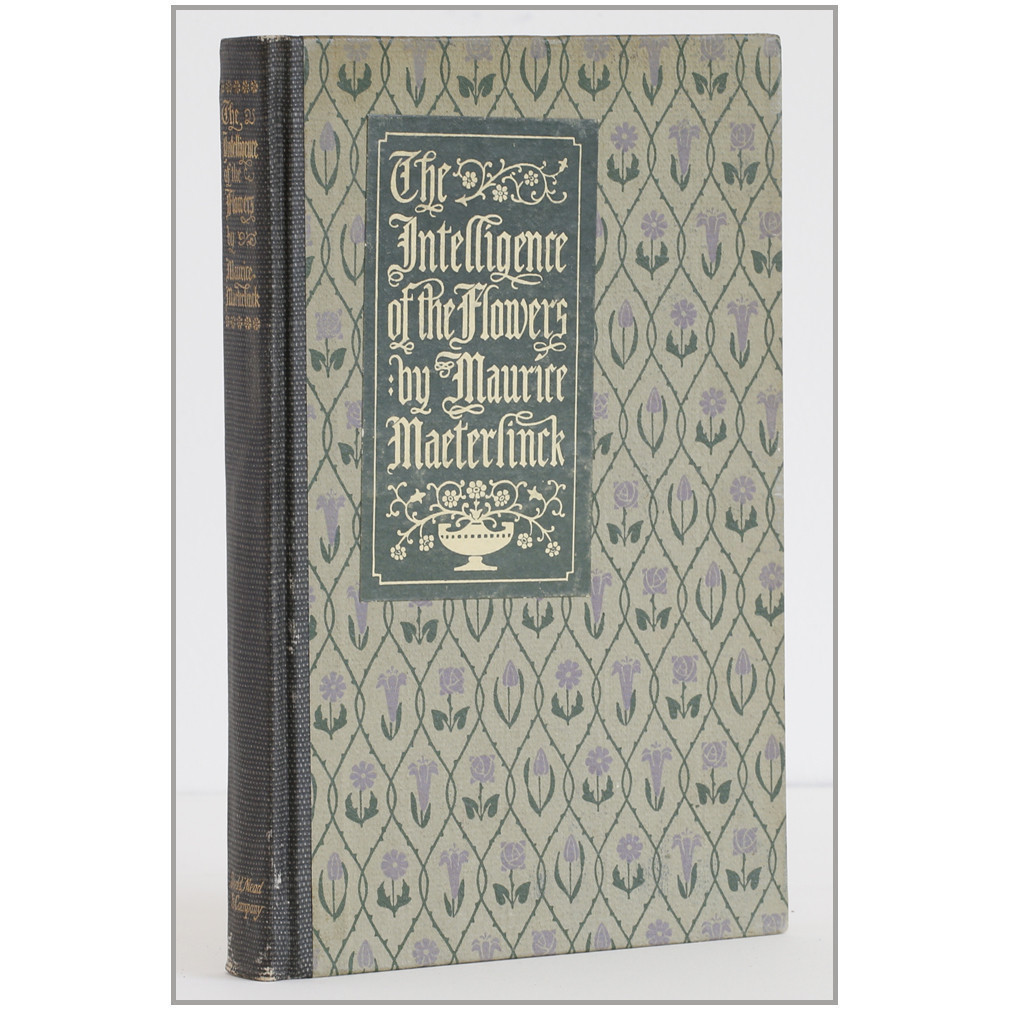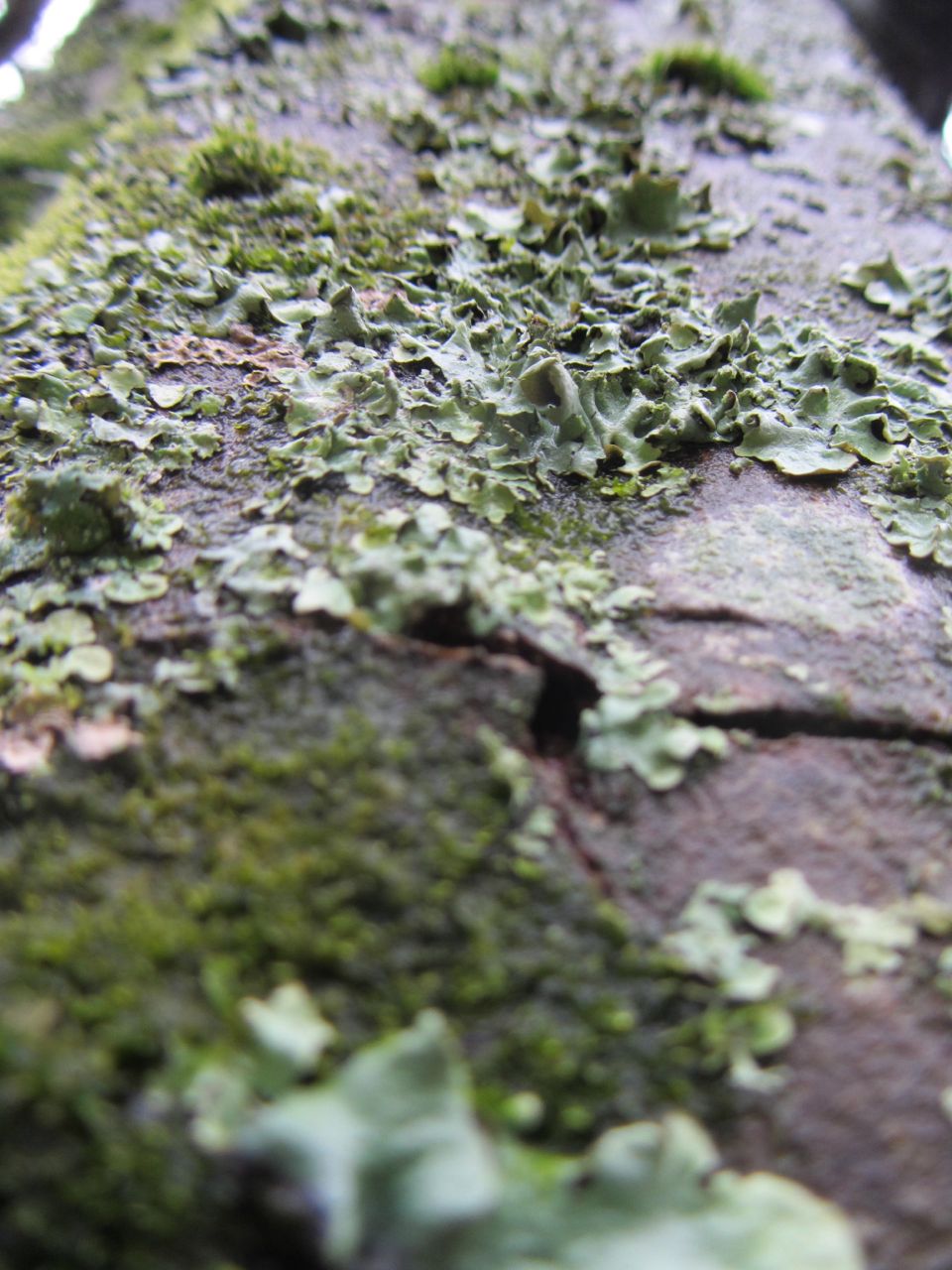Brown paper dance action, salt, water, copper pigment, salt drawing.
The Monument is a telescope
The Monument is a telescope
The Monument is a telescope
The Monument is a telescope
The Monument is a telescope
The Monument is a telescope
The Monument is a telescope
The Monument is a telescope
The Monument is a telescope
The Monument is a telescope – It was designed by Robert Hooke who fashioned its height to be the distance from its base to the origin of the great fire of London.
The Monument is a telescope – Hooke arranged lenses at the base and summit to create a telescope with which to survey the night sky.
The Monument is a telescope – The Monument is a microscope.
The Monument is a telescope – Hooke, Surveyor of the City of London after the Great Fire, peered and scryed across scales. He put his microscopic attentiveness to the world that tips beyond sight.
The Monument is a telescope – 50x
The Monument is a telescope – He named ‘cells’ so because they appeared to his 17th century mind to be like the small discreet spaces in honey combs.
The Monument is a telescope – Hooke was an architect, an organiser of space across the visible and invisible, he recorded the microscopic in the Micrographia
The Monument is a telescope – She says that if you fuck her family she will come and fuck you. She will discipline and punish you in your own back yard.
The Monument is a telescope – 1,259,712,000 cells in a cubic inch he reckoned.
The Monument is a telescope – I will break your arm and put it on my mantle piece.
The Monument is a telescope – Extended ocular sensing.
The Monument is a telescope – There is an unexploded V2 bomb in Bermondsey.
The Monument is a telescope – Time reveals glass as liquid, in old cathedrals one sees that the bottom of panes of glass are thicker where the glassy matter has gradually flowed downwards over centuries.
The Monument is a telescope – Unhinged.
The Monument is a telescope – Estimates of the viscosity of glass at room temperature run as high as 10 to the power of 20.
The Monument is a telescope – You can convert your smart phone camera into a microscope by positioning a homemade PDMS bubble on it.
The Monument is a telescope – Lead glass bubbles capture air and create tiny lenses, surface tensions trap spheres in glass.
The Monument is a telescope – Hooke with an iPhone 6 and a microscope app.
The Monument is a telescope – Friday 20th March 2015, London, partial solar eclipse between 8.25 am and 10.41 am Greenwich Mean Time.
The Monument is a telescope – Where raindrops the first lenses?
The Monument is a telescope – Viscosity is measured in units of poises.
The Monument is a telescope – ‘Oh, [she] will break her arm.’
The Monument is a telescope – 50,000,000 poises is the viscosity glass requires to trap bubbles.
The Monument is a telescope – A Plantagenet funeral processes through empty roads carrying a simple coffin.
The Monument is a telescope – ‘Mark Antony do you see a whole universe in this one, single drop of water?’
The Monument is a telescope – ‘I can say that right now. I'll tell you two things: [she] will break her arm, and [she] will not go up in weight.’
The Monument is a telescope – It would take a plate of glass close to some ten billion years to flow so that the bottom would thicken by 10 angstrom units.
The Monument is a telescope – ‘I cannot hear what you say for the thunder of what you are.’
The Monument is a telescope – One angstrom unit is one ten-billionth of a meter.
The Monument is a telescope – ‘I love [her], she's a great person, she has many, many wonderful qualities, but one thing about her is she holds a grudge, and she will break [her] arm.’
The Monument is a telescope – Please do not move the piano.






















